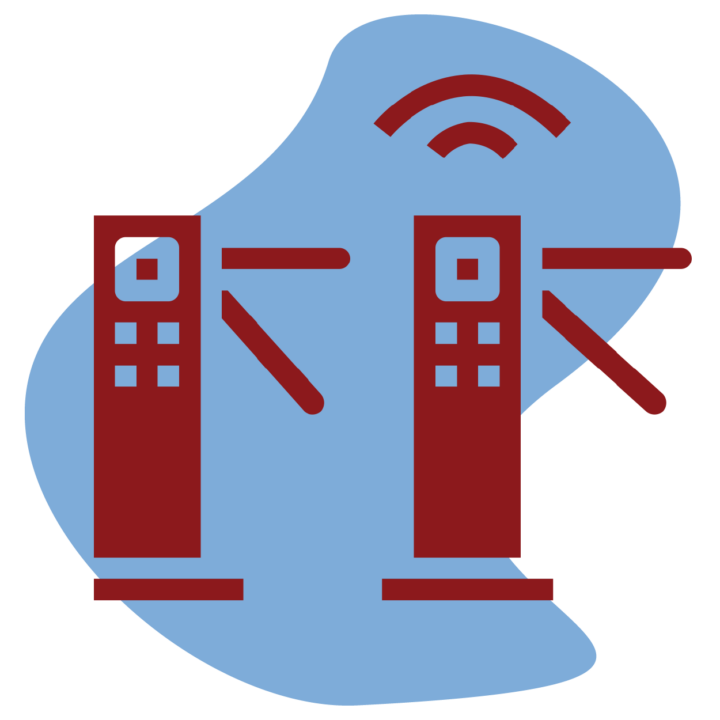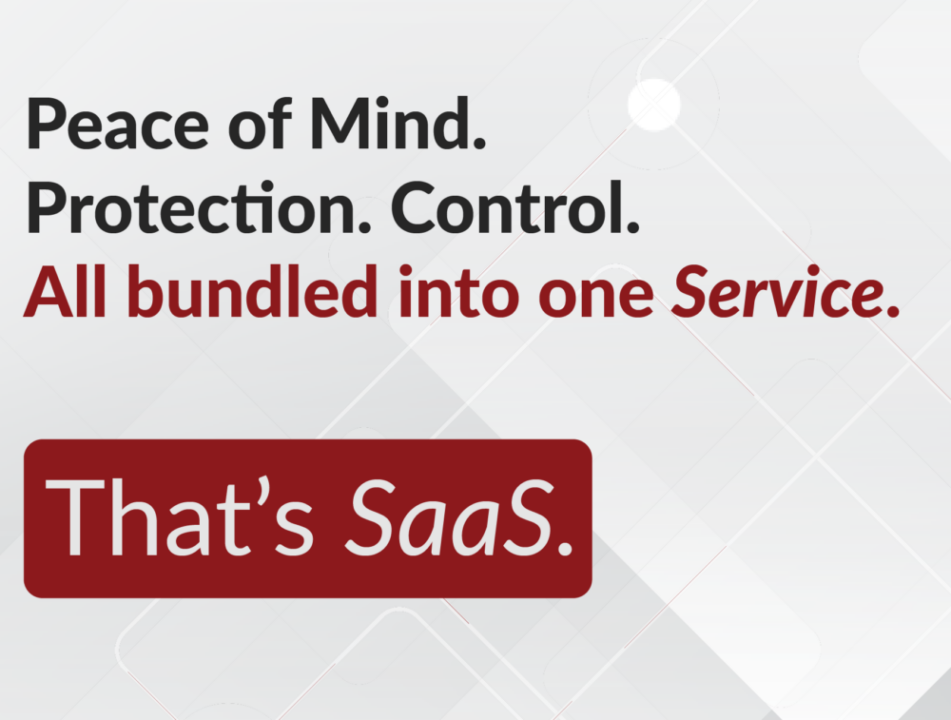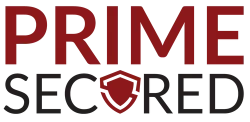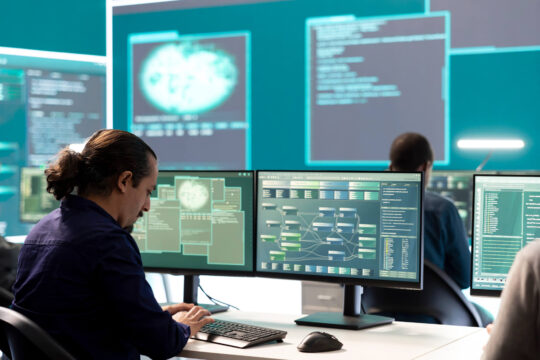New Year and New Uses for Old Technology
2020 presented many new challenges to the infrastructure of just about every industry. From healthcare to retail, security and beyond, companies in every field had to find new solutions to their problems. But necessity is the mother of invention, and, thanks to creative minds working under pressure this year, we can move into the new year armed with new applications for old technologies.
Here are some old technologies you can put to new uses in 2021:
Touchless Access
With COVID-19 spreading quickly throughout the world, we all began paying more attention to everything we touch. This prompted many to replace their access keypads with touchless access systems, removing one more point of contact where employees might spread disease among each other, whether COVID-19 or the flu.
After installing touchless access, new adopters began to realize other benefits of the system: a keycard-based security system is much faster than a pin pad, for example, and employees no longer need to remember a code.
Not only that, but you can easily adjust access to any area through a touchless system without a need to change the code for all employees and force them to memorize a new string of numbers. In the event an employee is terminated, or has access privileges revoked or changed, they are simply removed from the system for applicable areas, with no change for the rest of the staff. And touchless systems eliminate the stealing and sharing of access codes. There is no code for employees to give to someone who’s not supposed to have access – and no one can acquire a code by watching someone else.
Thermal Imaging and Turnstile Integration

A high fever is a major symptom of many communicable diseases, and — pandemic or no — having an illness run rampant through your company means many hours of labor lost. One way to keep workers healthy is by checking body temperatures and denying access to those with high temps.
Checking each entrant’s temperature with a traditional thermometer is time consuming and impractical, especially if you have daily traffic of hundreds of people. Thermal imaging technology can solve that problem. Originally used to detect overheating heavy machinery, this technology has been repurposed to quickly scan human beings to check for fevers. The system is simple. When a person approaches a turnstile, the thermal camera registers their temperature. If it’s in a normal range, they’re allowed access. If their temperature is as high as 103 or 104 degrees, they’re stopped at the door and sent home, preventing them from spreading germs that could lead to an outbreak. For companies with existing turnstile access systems, this can be a very minor adjustment with tremendous health benefits.
This technology can’t guarantee a person with a normal temperature isn’t contagious, but it does effectively filter out the most obviously infected individuals and slows circulation of the flu or COVID-19. This is particularly important in places where large numbers of people are enclosed together in buildings such as distribution centers, manufacturing centers and large corporate enterprises.
Virtual Patient Interface Systems
Healthcare workers obviously put themselves at risk when treating patients with contagious diseases. PPE such as masks and gowns mitigate some risk, but it’s not a perfect solution and the cost and time consumed by doffing and donning PPE can add up. PPE is now often on backorder and costs have increased dramatically in the past year — by 400% to 1,000%! At the request of a client, Prime Communications found an effective, one-of-a-kind solution to this problem — wireless virtual patient interface systems attached to rolling carts for easy mobility.
With a mobile virtual patient interface system, many routine patient care tasks can be completed without entering a patient room. Healthcare personnel can roll the cart into a patient room, position pan-tilt-zoom (PTZ) cameras, and view a patient’s IV connection, fluid levels and monitors. The cart includes a screen for two-way visual and audio communication. If the cart is left in the room, patients can use it to easily contact healthcare professionals and family members.
In addition to saving healthcare professionals from being directly exposed to disease, these systems save hospitals a great deal of time and money. Workers no longer have to put on PPE to complete routine tasks, which frees them to provide other services. In some cases, a mobile virtual patient interface system supports better care by improving monitoring – for example, the cart allows staff to constantly watch for adverse reactions in a patient taking a new medication.
Similar systems previously have been hardwired to hospital room walls. A wireless system on a cart is much easier to set up than those permanent systems, requiring only a few weeks at most before the new technology can be rolled out. The mobility of the carts allows generous flexibility to meet the needs of individual patients and can be a great help in temporary hospitals.
A mobile virtual patient interface system increases efficiency, keeps costs down, increases safety for both healthcare workers and patients, and improves care – all of which could lead to better patient satisfaction scores. Another benefit: the safer environment may attract top healthcare talent and help healthcare institutions retain good employees, which can lower staffing costs.
Occupancy Management
A major new issue faced by many businesses in 2020 was the need to comply with state mandates on the number of people allowed inside businesses. Some businesses attempted to comply by assigning employees to manually count people coming in and out of the building — an often inaccurate and inefficient process. Businesses with multiple exits and entrances needed to dedicate multiple employees solely to this task. Some even used radios to attempt to keep track of total number of customers allowed!
Automated systems using video analytics are a more efficient solution. First, they’re more accurate. It’s difficult for a human to focus on a mundane task such as counting people for an entire shift. People may become distracted by a conversation with a friend or associate, or they may simply zone out and forget to count someone entering. By contrast, an automated system easily and accurately tracks the number of people in a building at any given time. This allows a business to show government auditors, clearly and authoritatively, that they are complying.
When an automated system is accurately and unflinchingly keeping track of how many people are inside your building, staff can be put to better use accomplishing tasks such as selling merchandise or disinfecting surfaces. Demand for curbside pickup since the pandemic began has increased dramatically, which has put a higher demand on labor at stores that offer this service.
Automated occupancy monitoring also helps keep employees safe because they don’t have to be at the door where they are exposed to every person who enters or leaves. The technology has notable benefits outside of compliance, too. Clear data on the number of people in your building at given times can help you determine when you’ll need more staff on duty.
Security-as-a-Service
Security is more important for businesses today than ever. But many have experienced large budget reductions, forcing them to miss important security infrastructure updates. For this and other reasons, many companies are turning to the security-as-a-service (SECaaS) format. Some companies already have been buying software in a service format, and the benefit is clear to them.

The most obvious benefit of SECaas is controllable cash flow. Traditionally, if equipment or systems fail, you must absorb unexpected emergency expenses for repairs or replacement. But when security is paid for in a service model, expenditures stay consistent from month to month. Equipment is no longer paid for in one bulk payment, and it no longer has to sit there and gradually become obsolete until there’s no choice but to replace.
Best of all, with a SECaaS format, expensive upgrades are no longer the sole responsibility of your company but are handled by a knowledgeable, highly experienced vendor who maintains equipment, makes sure your security stays on the cutting edge, and ensures smooth transitions when needed.
Old Tech, New Solutions
Some of the biggest breakthroughs of the past year haven’t been new technologies but the clever application of technology that already exists! A quality integrator can help you move forward with practical, cost-effective solutions. Your integrator might have learned a few tips and tricks elsewhere to help you make the best use of what you already have.
There’s no need to wait for some guy in his garage to invent a new gizmo; the solution you’re looking for could be right under your nose.
To learn more about Prime Secured’s experienced technology, visit us as www.primesecured.com




